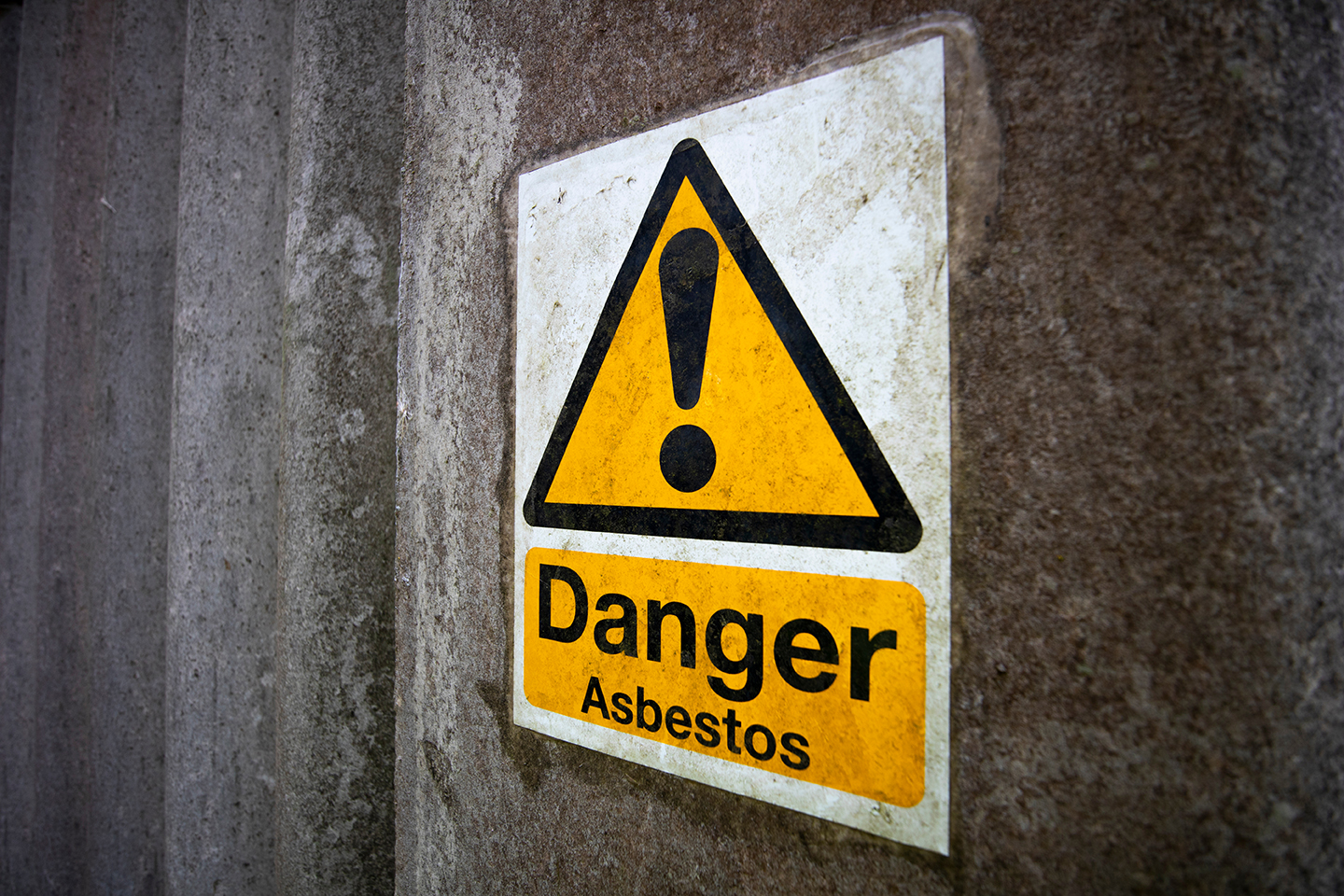Asbestos, a naturally occurring mineral, has been widely used in construction materials due to its fire-resistant and insulating properties. However, the discovery of its harmful effects on human health has raised significant concerns, especially in residential properties.
The presence of asbestos in homes poses serious risks to both residents and renovation or demolition workers. In light of these dangers, it is crucial to emphasise the importance of conducting an initial survey by a qualified surveyor to identify potential asbestos-containing materials (ACMs) in residential properties.
One of the key reasons why an initial survey is crucial is to ensure the safety of occupants. Inhalation of asbestos fibres can lead to various respiratory diseases, including asbestosis, lung cancer, and mesothelioma. These illnesses often have a long latency period, making early detection and prevention vital. A survey conducted by a qualified professional can accurately identify the presence of asbestos and provide recommendations for managing or removing the ACMs safely, minimising the exposure risk for residents.
When conducting an initial survey, surveyors commonly encounter four main issues related to asbestos in residential properties:
- Asbestos-containing insulation: Many older homes were constructed with insulation materials containing asbestos. These materials can be found in the walls, ceilings, or attics. The deteriorating insulation can release asbestos fibres into the air, increasing the risk of exposure.
- Asbestos-containing floor tiles: Some older homes may have floor tiles that contain asbestos. When these tiles are damaged or disturbed during renovation or removal, the release of asbestos fibres becomes a significant concern. An initial survey can identify the presence of such tiles and provide guidance on how to safely manage or remove them.
- Asbestos-containing roofing materials: Asbestos was commonly used in roofing materials due to its durability and fire-resistant properties. However, aging roofs may release asbestos fibres into the surrounding environment, posing a risk to residents and workers alike. A survey can identify any asbestos-containing roofing materials and recommend appropriate measures for their safe management.
- Asbestos-containing pipe insulation: Older residential properties may have pipes insulated with asbestos-containing materials. These materials can deteriorate over time, releasing asbestos fibres into the air or water supply. Identifying and addressing the presence of asbestos-containing pipe insulation is crucial to prevent exposure risks.
In conclusion, the presence of asbestos in residential properties poses significant health risks to occupants and workers. An initial survey conducted by a qualified surveyor is essential to identify and assess the presence of asbestos-containing materials. This survey helps to ensure the safety of residents by providing guidance on managing or removing ACMs safely. By addressing the issues related to asbestos in residential properties, we can protect the health and well-being of individuals and create safer living environments.

